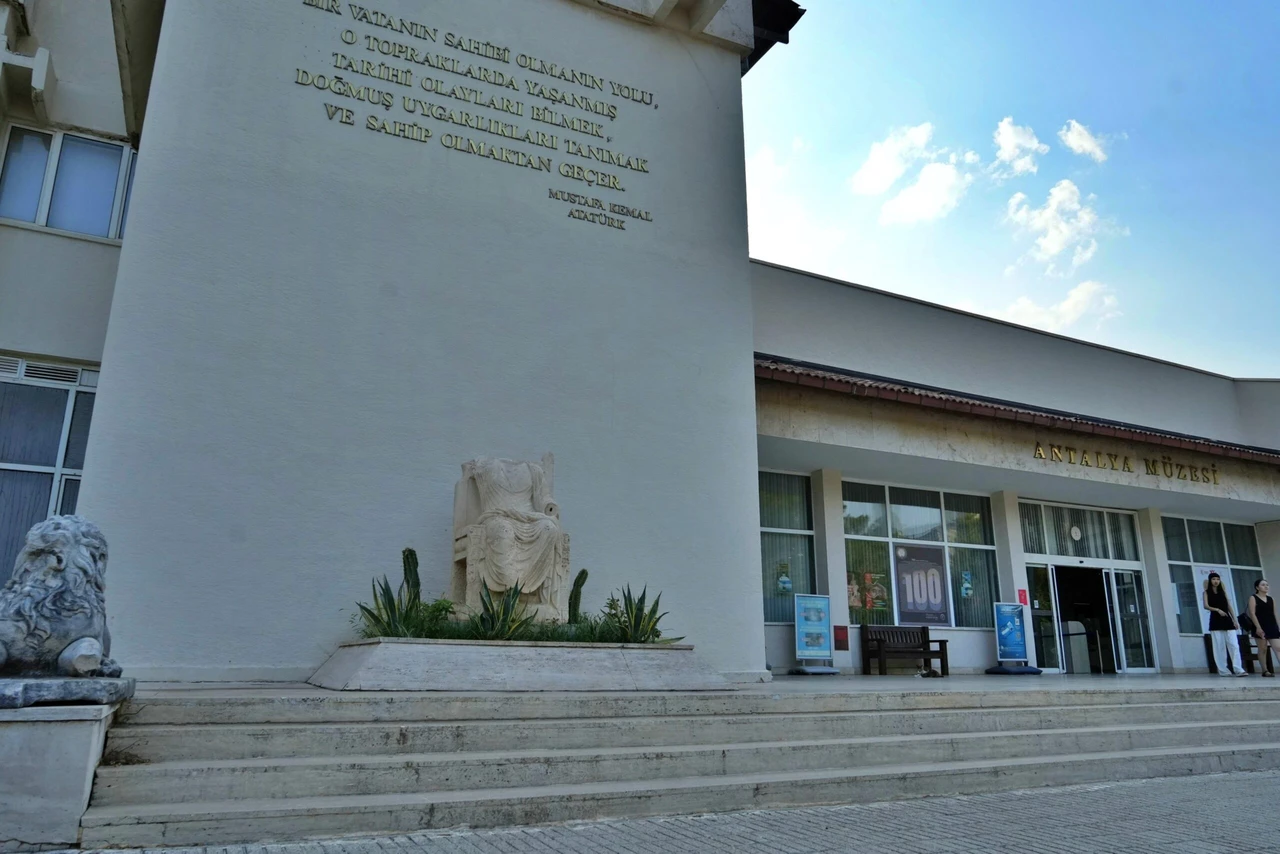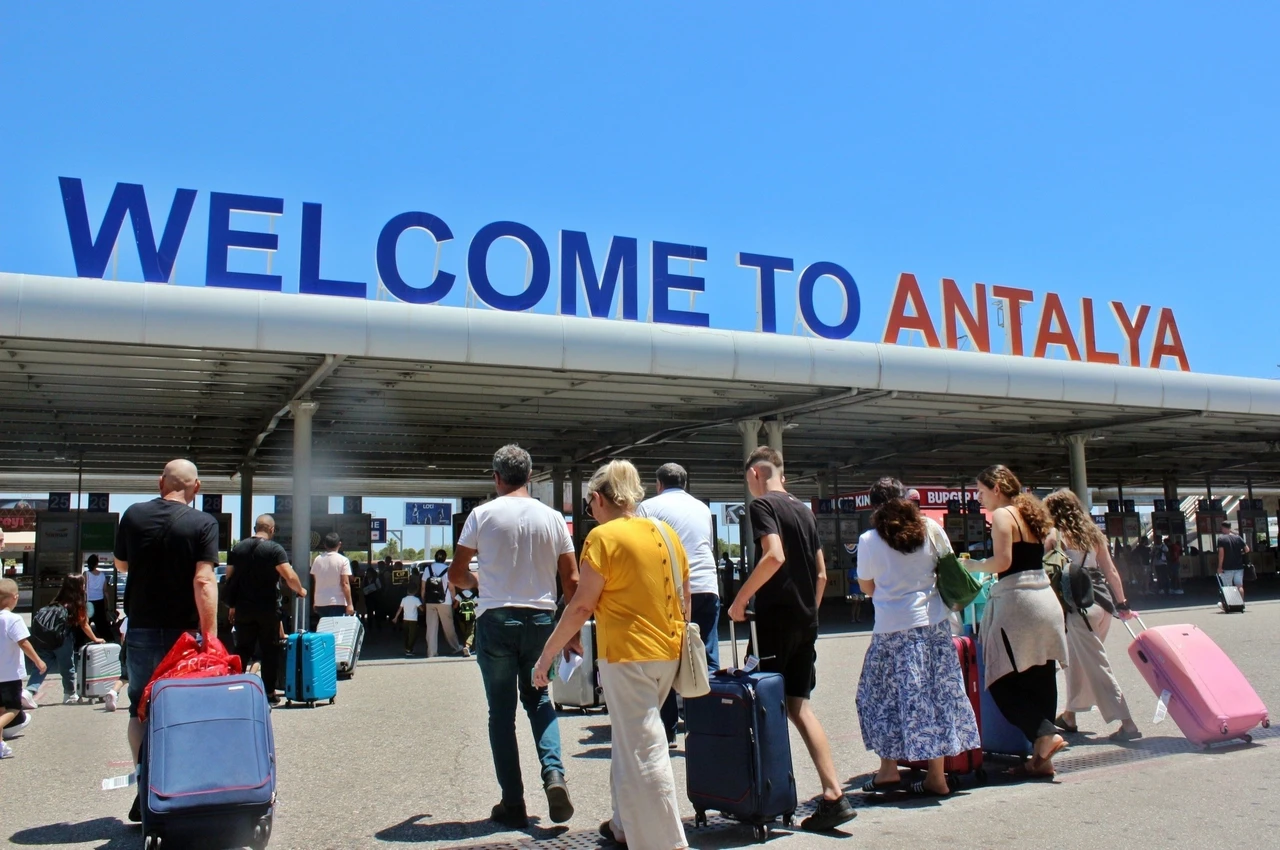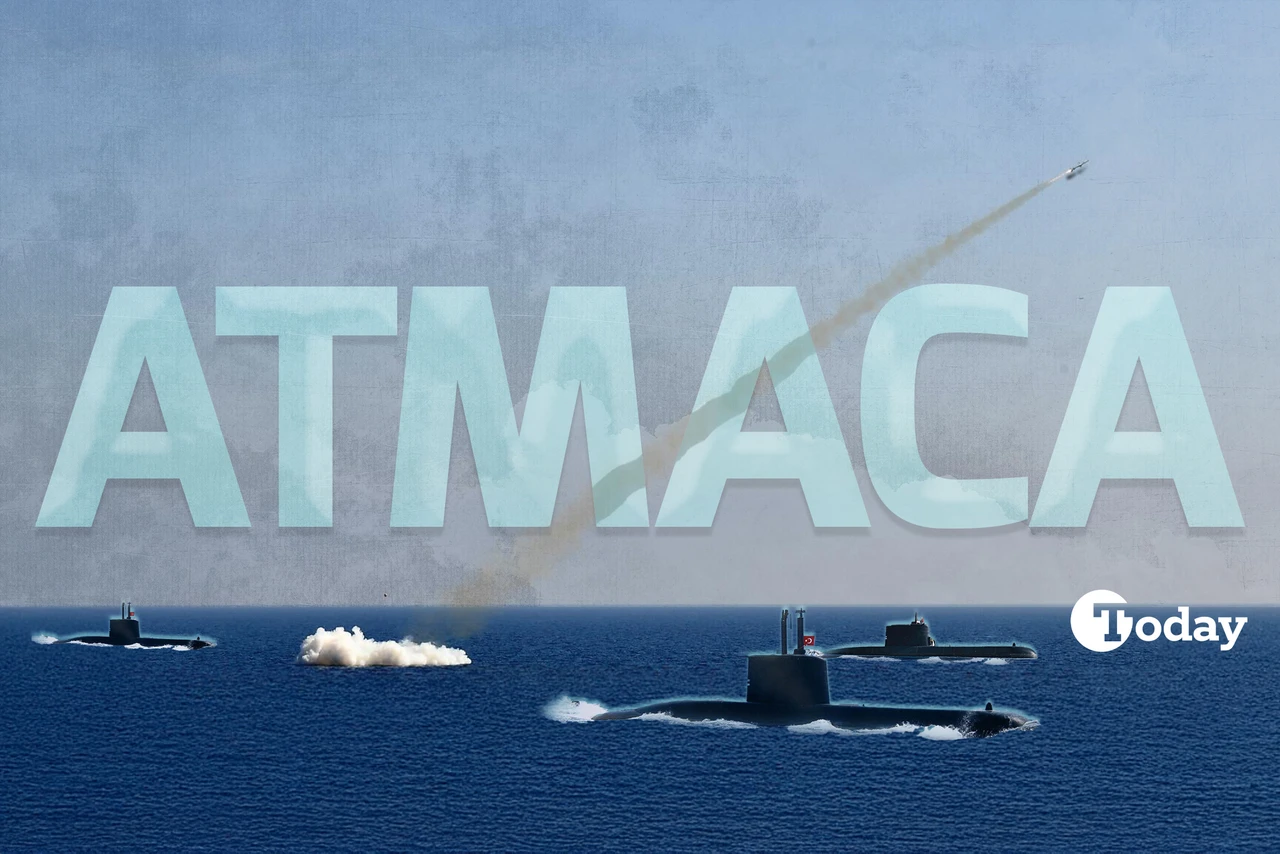Anchors are damaging ‘Lungs of the Mediterranean’
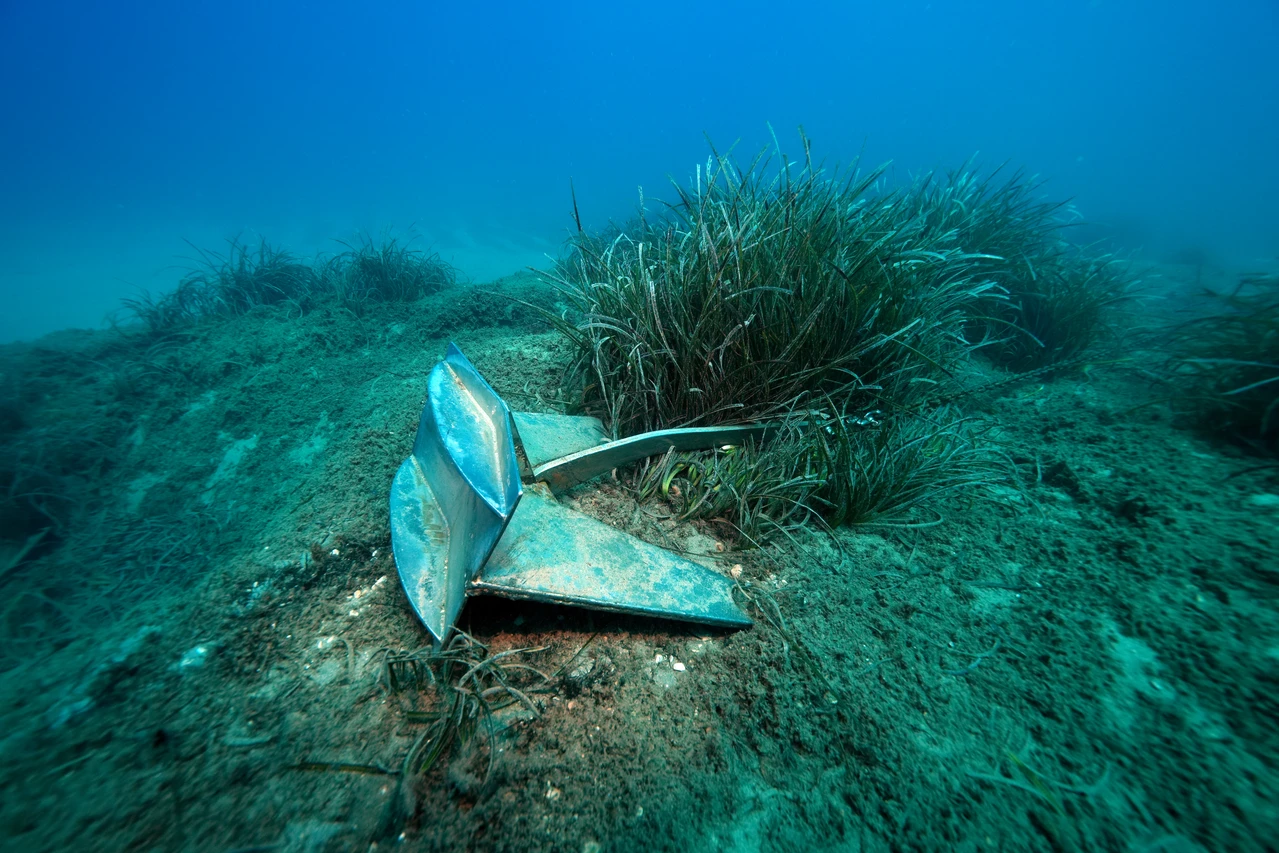 Anchors thrown from excursion boats in Antalya damage posidonia meadows (seagrass), known as the “lungs of the Mediterranean”, were recorded underwater, Alanya, Antalya, Türkiye, August 14, 2024. (AA Photo)
Anchors thrown from excursion boats in Antalya damage posidonia meadows (seagrass), known as the “lungs of the Mediterranean”, were recorded underwater, Alanya, Antalya, Türkiye, August 14, 2024. (AA Photo)
Anchors from tour boats in Antalya are causing significant damage to the posidonia seagrass meadows, known as the “lungs of the Mediterranean.”
Underwater documentary filmmaker and cinematographer Tahsin Ceylan captured this damage during his dives in the heavily trafficked areas of Alanya.
Tahsin Ceylan noted that tour and fishing boats frequently anchor in front of Alanya Castle and stated, “Because there are no mooring buoys, all boats are using anchors. This results in a major tragedy for seagrass. Seagrass produce 20% of the oxygen we breathe.”
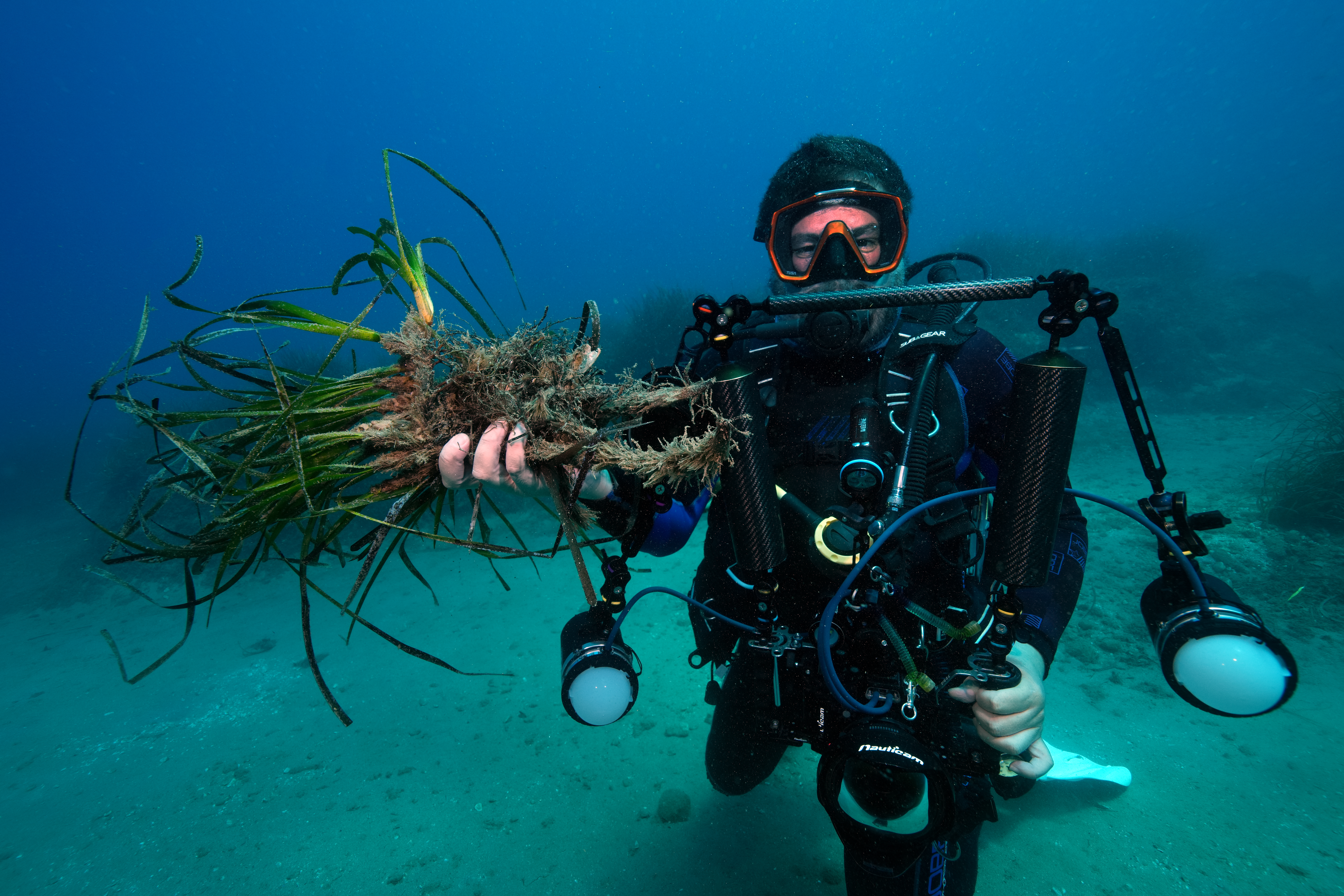
Professor Mehmet Gokoglu from the Faculty of Fisheries at Akdeniz University explained that while seagrass can be found in the Aegean and Antalya bays, they have been disappearing, particularly in coastal areas, due to rising sea temperatures.
He added, “Anchors dropped in coves and around islands cause significant damage. When anchors are pulled, they completely uproot seagrass from the sea floor, leading to desertification in the area. Chains also crush the seagrasses. Endemic seagrasses like posidonia oceanica in the Mediterranean are under threat. Unfortunately, the Mediterranean is becoming a desert.”
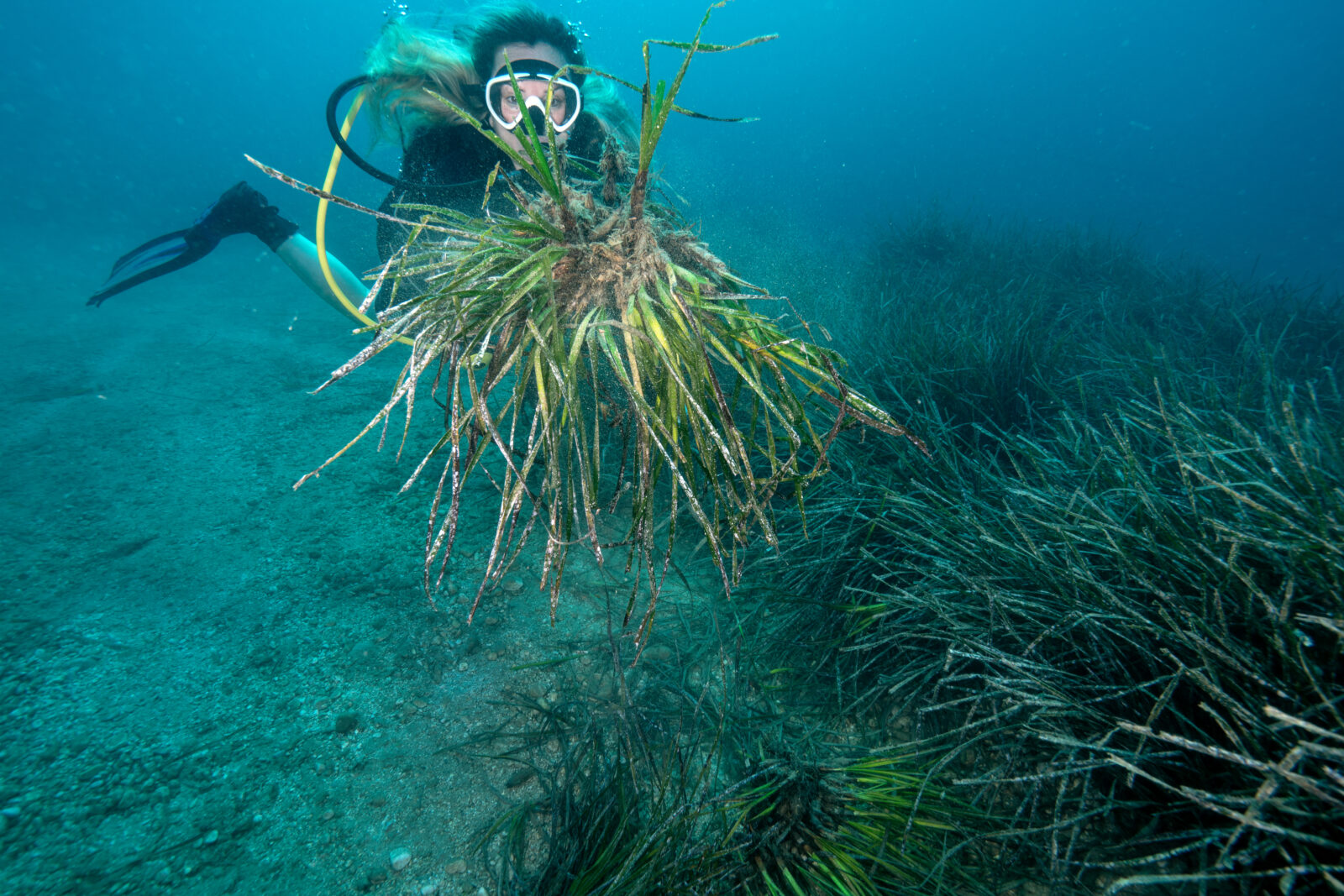
Proposal for mooring systems
Gokoglu suggested the need to switch to a mooring system or install stakes for boats to attach to buoys. He noted that a mooring system also functions as a reef for fish.
Diving instructor Aysen Askim Acarlar emphasized the urgent need for mooring buoys in the region.
Diving instructor Deniz Acarlar remarked that the underwater environment was once lush and green, but now the seagrasses are nearly depleted. Acarlar stressed that installing mooring buoys could help seagrass recover.
Seagrass is a crucial component of the Mediterranean ecosystem and plays a key role in oxygen production.
The damage caused by boat anchors can have lasting effects on this delicate ecosystem. Implementing a mooring system could be a vital step in protecting seagrasses.
